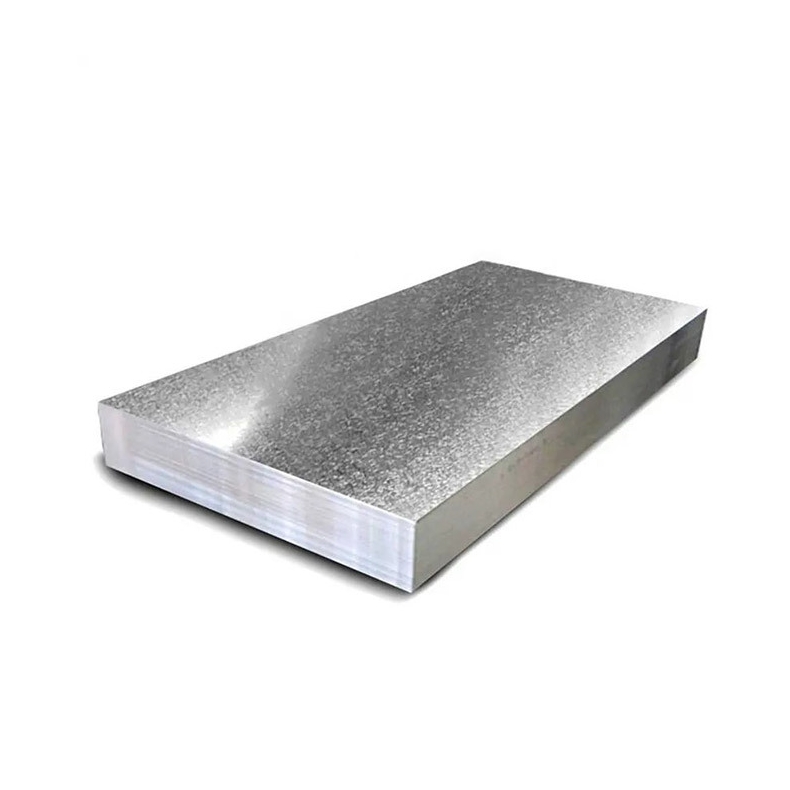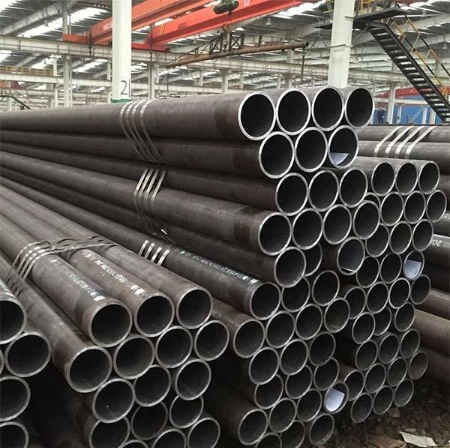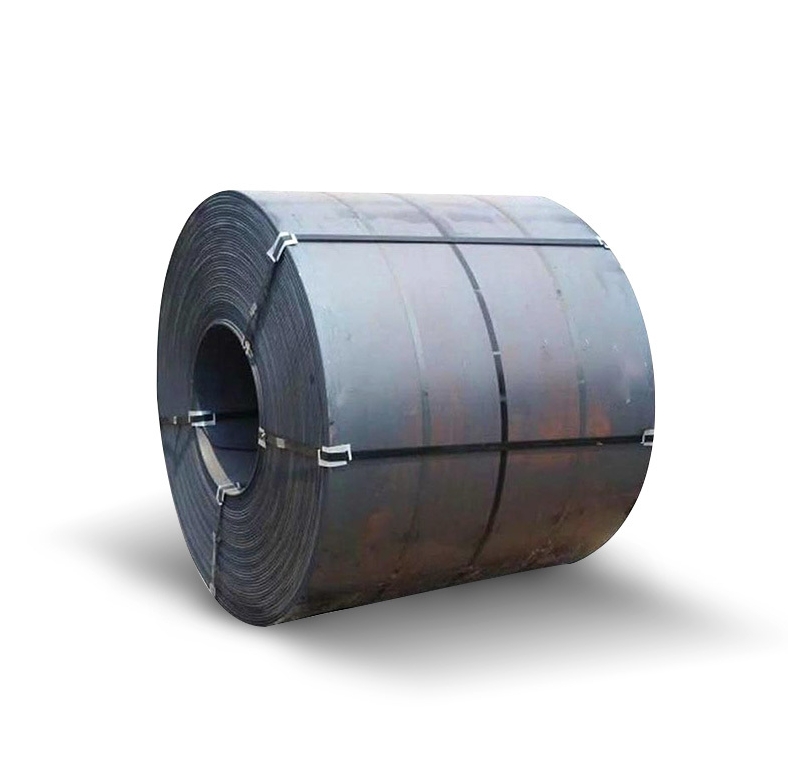Hardox 400
Hardox 400 is a wear-resistant steel plate known for its high hardness and toughness. It is a popular choice for applications requiring resistance to abrasion, impact, and wear in demanding environments.
Key Properties of Hardox 400
- Hardness: Typically around 400 HBW (Brinell Hardness).
- High Yield Strength: Offers good resistance to plastic deformation.
- Good Weldability: Can be welded using standard welding procedures.
- Impact Toughness: Provides resistance to cracking and fracture under impact loads.
Typical Applications
Hardox 400 is used in a wide range of applications, including:
- Mining and quarrying equipment (e.g., tipper bodies, crushers, screens)
- Construction machinery (e.g., excavator buckets, bulldozer blades)
- Agricultural equipment (e.g., plows, harrows)
- Recycling and waste management equipment
When selecting Hardox 400, consider the specific wear mechanisms and service conditions of your application. Proper fabrication techniques, including cutting, welding, and machining, are essential to maintain its properties and performance.
Alternatives and Considerations
Depending on the application’s severity and specific requirements, other wear-resistant steels like Hardox 450 or Hardox 500 might be considered. These offer even higher hardness levels for extreme wear resistance. It’s crucial to assess the trade-offs between hardness, toughness, and weldability when choosing the appropriate grade.
Shanxi Luokaiwei Steel Company provides various steel grades. Consulting with material specialists is recommended to determine the optimal steel for your particular application.
Shanxi Luokaiwei Steel Company emphasizes the importance of proper handling and processing techniques to maximize the lifespan of Hardox 400 components. Shanxi Luokaiwei Steel Company offers technical support and guidance to ensure the successful implementation of Hardox 400 in diverse industrial settings.
Hardox 400’s wear resistance contributes to extended service life, reduced downtime, and improved overall equipment efficiency. Choosing the right steel for wear applications is crucial for optimizing performance and minimizing maintenance costs. The team at Shanxi Luokaiwei Steel Company can assist you in finding the right material for your needs.







